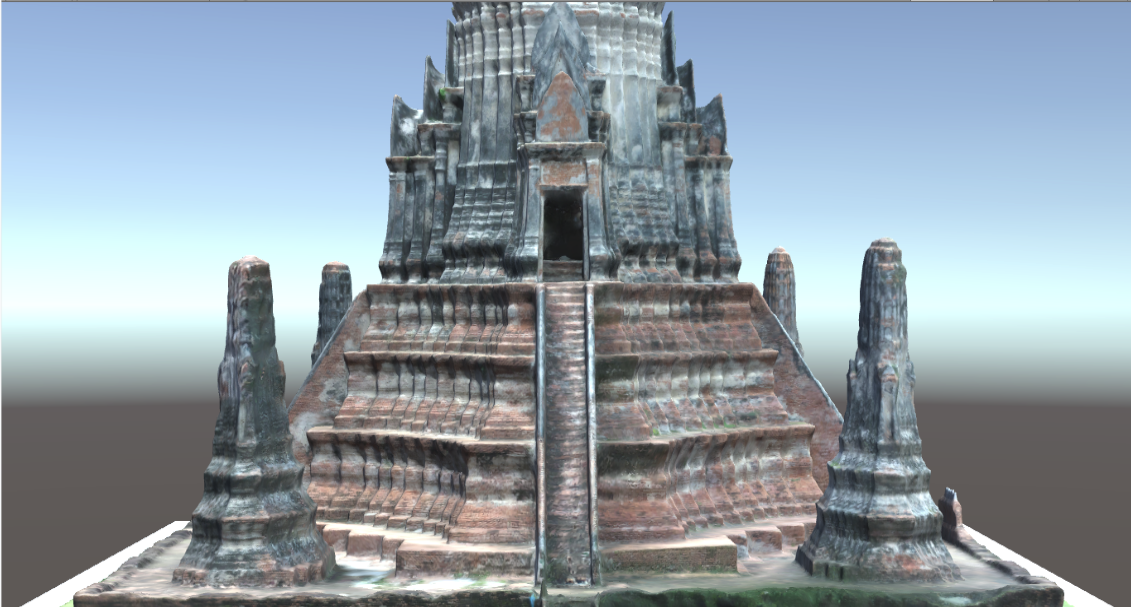During my research-based internship in Thailand, I had the opportunity to work on an exciting project that involved the transformation of point cloud data into captivating 3D models. This project aimed to take data provided by the civil engineering team and convert it into immersive visualizations, harnessing the power of cutting-edge technologies. The primary tools for this transformation were open-source software MeshLab, Oculus Go with Oculus SDK for virtual reality (VR) visualization, and Windows 10's voice-controlled camera for a unique visual experience.
Key Project Highlights:
Point Cloud to 3D Model Transformation
The core of this project revolved around taking intricate point cloud data and using advanced techniques to convert it into detailed and dynamic 3D models. This process involved several steps to ensure accuracy and precision.
MeshLab Software Utilization
MeshLab, a powerful open-source software, played a pivotal role in processing and reconstructing the point cloud data into 3D models. This tool allowed for meticulous refinement and optimization, resulting in stunning visual representations.
VR Visualization with Oculus Go
To bring these 3D models to life and provide an immersive experience, we employed Oculus Go along with Oculus SDK. Users could explore and interact with the models in a virtual reality environment, creating an engaging and interactive experience.
Voice-Controlled Camera in Windows 10
Taking interactivity to the next level, we integrated voice-controlled camera functionality using Windows 10. This feature allowed users to navigate and manipulate the visualizations simply by using their voice commands, enhancing accessibility and engagement.
 |  |
